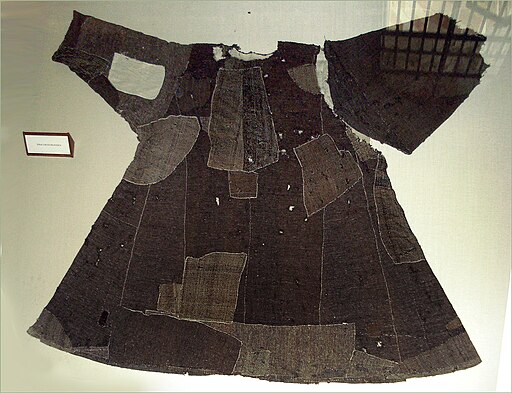If there is one thing I hate, it’s being called cute.
OK, ‘hate’ is a strong word. Although so is ‘love’, and we have no problem flinging that one about. Maybe not hate. Loathe, despise, abhor…
Don’t get me wrong, I’m not one of those people who automatically react aggressively to receiving compliments. Unless it’s ‘cute’. Because ‘cute’ is not a compliment, not unless you’re under five.
Baskets of kittens are cute. Puppies are cute. Babies are cute (when not, as Shakespeare put it, “mewling and puking”).
This is cute:
Unless you’re Cruella de Vil, in which case it’s fabulous, and would look so good on me, don’t you think? Speaking of Cruella de Vil, in the book she insisted on all food being peppered – including ice-cream – and still somehow got married. Married!
Anyway. Back to the puppies. (Daww….) Ahem.
I don’t mind if people want to use the word ‘cute’, it is, as they say, a perfectly cromulent word. But it applies to some things and not to others, or it loses all meaning. Sweet little juveniles (of whatever species): cute. Lady eccentrics who have attained years of discretion: not cute.
The reason this is weighing on my mind is that my hair isn’t. About 75 grams worth, in fact, lopped off by the hairdresser. If that doesn’t give you a clear picture (and why would it?) think 50cm. Or just under 20 inches.
I now look something like this:
except, of course, different: messy instead of glossy, no make-up, and a smile (I seem to smile more with short hair – don’t know why). Definitely Not Cute. Short curly hair may be considered cute on a toddler, but not on a grown woman, even if a touch round-faced and an inch or two below the average height.
Is there something you hate to be called? Soi-disant endearments, diminutives (don’t get me started) or nicknames? Tell all!










